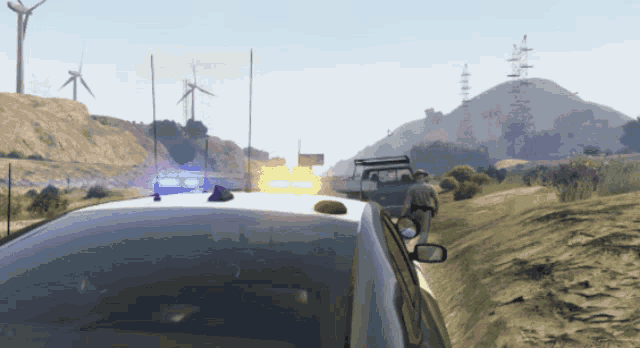Passing and overtaking of Waste Service Vehicles
Drivers who approach a waste service vehicle on a public street or highway with flashing amber warning lights on, are to approach with caution and leave the lane adjacent to that vehicle as soon as another lane is available. (In their direction of travel and a lane change can be made safely). Drivers who cannot safely make a lane change must slow down and pass at a safe and reasonable speed for the conditions. This applies to Refuse Collection vehicles, not separated from the street by a protective barrier. Effective January 1, 2020

Marijuana Consumption for Passengers
In 2020, California passengers will not be able to smoke marijuana in any moving vehicle. Previous laws did not allow passengers to smoke marijuana in the passenger seat of a standard moving vehicle; however, there was an exemption in place for limousines, taxis, and party buses. However, lawmakers voted to end the exemption under Senate Bill 625 that allowed passengers to consume marijuana while in a bus, limousine, taxi, pedicab, housecar, or camper. While passengers in any of those vehicles will no longer be able to ingest cannabis, they will still be able to drink alcohol.

“Move Over, Slow Down” amendments (AB 2285, Transportation Committee)
Extends the provisions of the “Move Over, Slow Down” law currently in place on freeways to also apply to local streets and roads so drivers approaching a stationary emergency vehicle displaying emergency lights, including tow trucks and Caltrans vehicles, must now move to another lane when possible, or slow to a reasonable speed on all highways, not just freeways. The law is effective on January 1, 2021.
Emergency vehicles (SB 909, Dodd)
Allows authorized emergency vehicles to use a “Hi-Lo” warning sound. This distinctive sound, different from a siren, would be used to notify the public of an immediate need to evacuate an area in an emergency. The CHP is currently developing regulations to standardize the Hi-Lo warning sound statewide. Until the regulations are adopted, law enforcement agencies can use the Hi-Lo warning sound by obtaining a permit from the CHP. The law went into effect on September 29, 2020.

